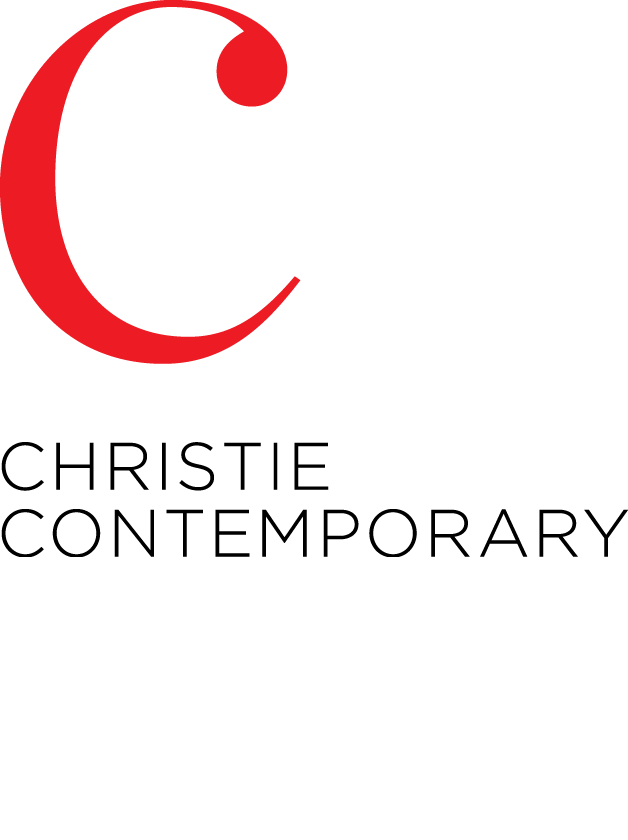Echo. Location.
Memory is a reconstructive process, a mind’s eye image generator drawing from a complex catalogue of experiential data, rendering the possibility of the ‘familiar.’ Photography is in some measure its mechanical corollary, fixing a moment, by reference, in perpetuity. When we look at a photograph, we search for the familiar—person, place or thing—functionally triggering memory at the level of recognition. Adam Swica’s series, Somewhere, suggests a reversal, working on the notion that a memory could trigger a photograph.
Absent the original place, Swica builds dimensional views using humble materials—plastic, foil, styrofoam, cardboard, mirrors, water, salt—creating sprawling sets ranging up to twenty feet wide and several feet deep and high in scope. Simulation is not in evidence here, with forms often crudely suggestive of something, rather than sculpturally accurate. With the introduction of light, the essence of proportional delineation to the eye, the constructions transform into spatial atmospheres, often guided by a line in horizon, fixing the idea of ‘place.’ From here, the photographic image consolidates the trajectory of recall, construction, resonance.
As photographs, these subject hybrids hover at the median between real and perceived to be real, between being read as recorded locations and memory objects, as each image subtly declares its own charade as a material contrivance—the damp rippling of craft paper, the rigidity of thick plastic, the slick stretching of plastic wrap. Yet these signposts to visual deception, hardly uncommon to the current dominion of photography, do little to interrupt or short-circuit the photographic impression, determining instead their tautological potential as place. They quietly persist as image conundrums that resist the imperative to solution.
Contemplatively spare, the images largely relate unspoiled views captured at a distance, and accumulate the features of time as a moment suspended. They are at once clichéd and unknowable, even the detection of their fakery only seeming to underscore their insistence as a somewhere. The analogue photograph is inarguably a rhetorical object, but here, with each image assembly built and destroyed, the photograph additionally assumes the legacy of that which formed the genesis of its making: memory.


